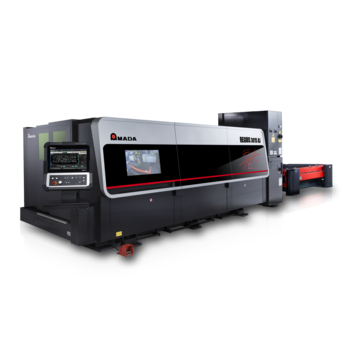
Technology 4.0 not only makes production - and therefore the company - more agile and efficient, but can also make it safer. Industry 4.0, in fact, leads to a revisiting of the entire production model, which presupposes a new paradigm of work and a renewed relationship between operators and machines.
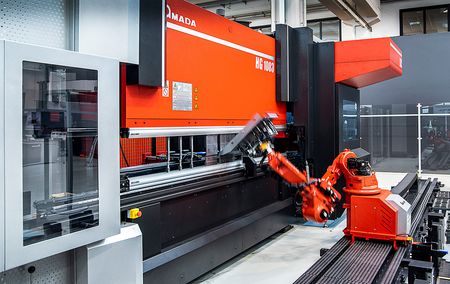
Technology 4.0: from automation to industrial smart working
Automation is the first effect of pervasive digitalization and represents a step forward also in terms of safety: today, in fact, robotics allows machines to relieve operators from wear-out, dangerous or inhospitable activities. Taking a further step forward in terms of technology 4.0, today it is possible to create a collaborative environment between men and machines, where the former preserve their centrality and are enhanced (we talk about empowerment) from automations: the whole theme of collaborative robots, the so-called cobot, originates from this.

In 2022, the term safety should be interpreted more broadly than it used to be: in addition to the right prevention of accidents, psychological well-being should also be included today. Trends such as industrial smart workingand the new collaborative paradigms represent a step forward in terms of engagement, which translates into more productivity and retention of talent. Comfort and well-being must be the objectives towards which to direct the choices of corporate welfare.
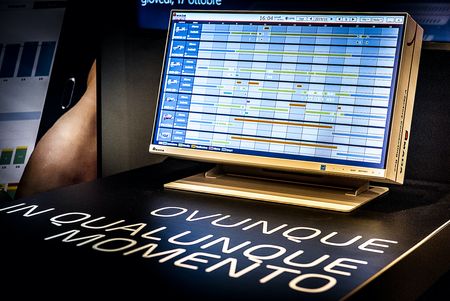
The impact of data exploitation on security
The positive impact of technology 4.0 on job safety is not limited to automation. Digitizing production means creating and processing huge volumes of data which, if properly exploited, determine both efficiency and security.
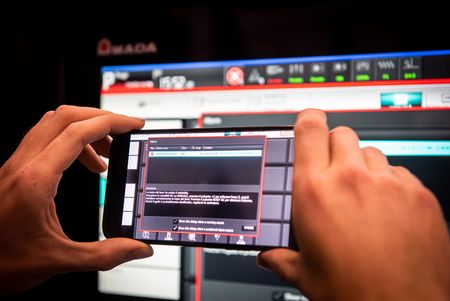
Think, then, to a typical use case of the world 4.0, predictive maintenance: being able to intervene before the fault occurs avoids possible accidents and injuries resulting from the failure itself or from the need to restore the operation in emergency conditions. The same applies to the digital twins of the systems, which are used for simulations, and the remote support, in which the technician guides the operator throughout the process, preventing him from making mistakes or carrying out risky actions.
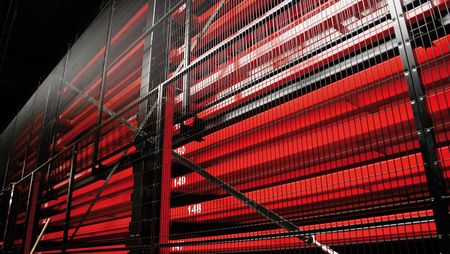
Continuous analysis of field data helps to reduce accidents in production and logistics contexts. In this regard, RTLS (Real Time Location System) technologies for the handling systems (forklifts) of logistics areas are beginning to be widespread. These, governed by special WMS (Warehouse Management System) or MES (Manufacturing Execution System) reduce the time and costs of handling of raw materials, semi-finished products and products, while preventing collisions between trucks. All this, up to the automatic warehouses, the final synthesis of efficiency and safety.
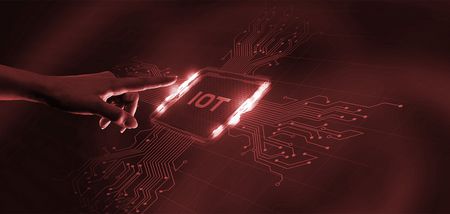
Among the technologies that enable the models 4.0 is the Industrial Internet of Things, or the industrial declination of connected sensors. Its role is central, since IIoT deals with the production of field data that will then be processed and enhanced in complex architectures. Duly valued, the data of IoT platforms allow to plan and “schedule” all stages of production, to assign the best resources for each sequence, to develop the best man-machine collaboration and to constantly monitor the productive assets, identifying potential risk factors in advance, as well as pockets of inefficiency.
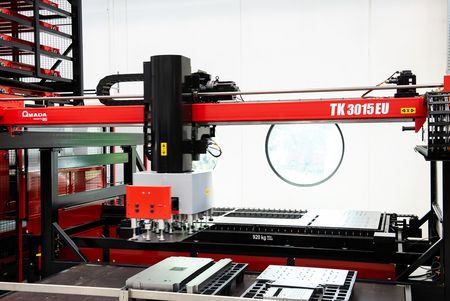
All this is added to the safety systems of individual machines, lines and production plants, which thanks to automation and sensors become increasingly advanced, proactive and effective.
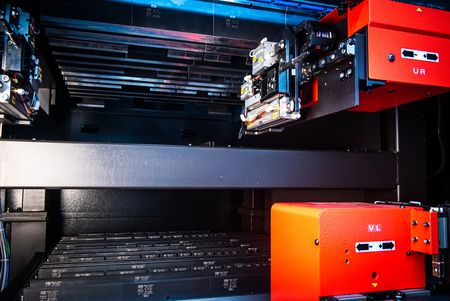
From ATC to automated warehouses: AMADA and the centrality of security
For AMADA, there is nothing more important than safety in production and industry. The technological evolution in any field of sheet metal processing must be accompanied by a lively and constant attention to the comfort and well-being of the operators.
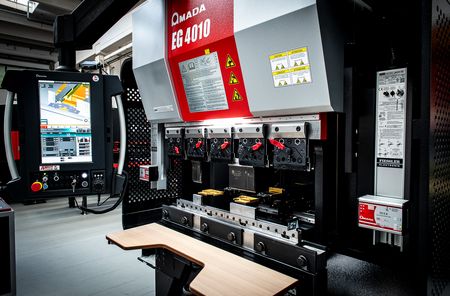
The safety of operations is a right mix of technologies applied to individual machines and related models addressed to various purposes, including the protection of the physical and psychological condition of the workers. As an example, consider the automatic tool changer (ATC) systems adopted by press brakes such as HBR-ATC or the change of punching machines such as EM-ZR or the combined EML-AJ. Examples include the ergonomic functions of the EG-4010 bending machine, the various automation options for laser or combination machines, dedicated safety devices and many ad hoc functions such as automatic error prevention during tool loading.
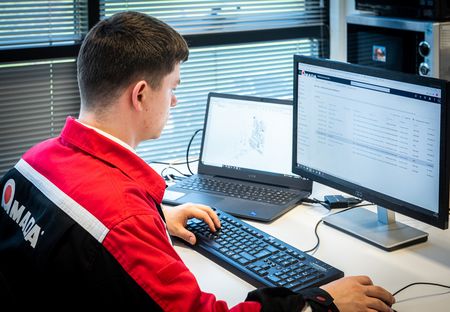
In the field of technologies 4.0, on the other hand, the concept pursued is that of virtualization, which allows automating parts of the process and simplifying the activities of the operators. These, in fact, receive detailed instructions of the work to be carried out from the centralized database vSSD, which in addition to simplifying and speeding up the process, also protects their security. All this, in addition to the availability of remote support and predictive maintenance services.